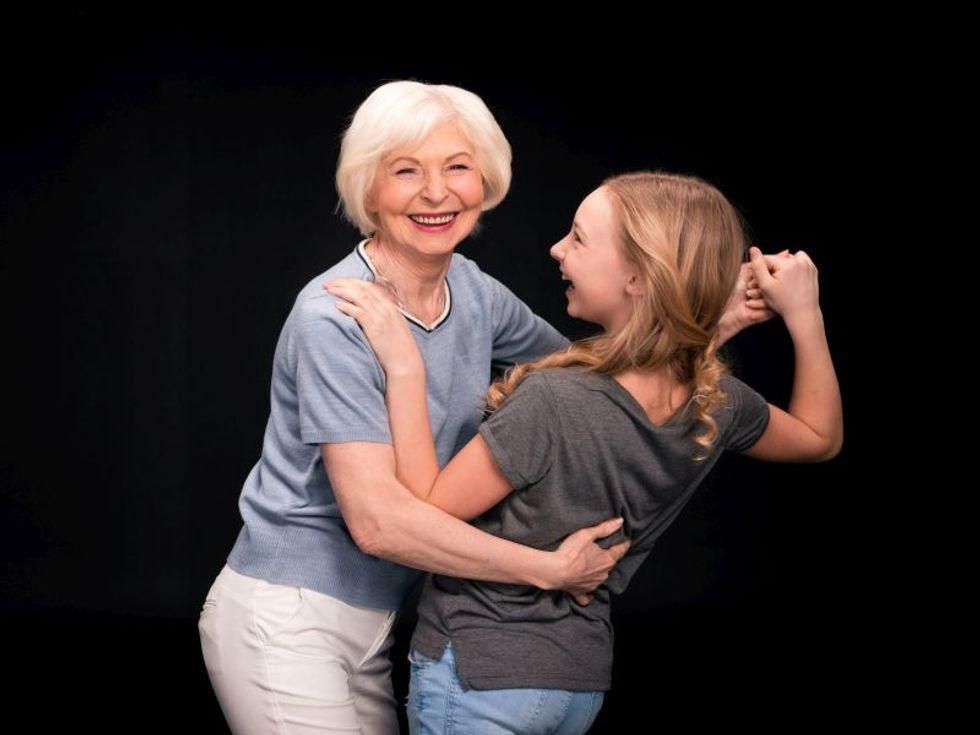WEDNESDAY, Aug. 4, 2021 (HealthDay News) — Better health and self-image might just be a samba or some funky moves away.
That’s true for postmenopausal women who, a new study says, can dance their way to better physical and emotional health.
“In addition to the positive effects on physical, metabolic and mental health aspects, dance promotes a moment of leisure, fun, socialization, self-knowledge and many other benefits,” said Camila Buonani da Silva, from the department of physical education at Sao Paulo State University-UNESP in Brazil.
The small study had 36 postmenopausal women with a mean age of 57 dance three times a week for 90 minutes each time. They did this for 16 weeks, engaging in dances as varied as axé, samba, funk, sertanejo and Zumba.
Researchers analyzed their body composition, including body fat and lean mass, blood fats, functional fitness, self-image and self-esteem.
They found that participants had improvements in coordination, agility and aerobic capacity. Their HDL cholesterol, or good cholesterol, increased, while their LDL cholesterol, or bad cholesterol, decreased. Women also gained in self-image and self-esteem.
“The practice of dance should be strongly encouraged [for] postmenopausal women, considering that we found improvements in functional aspects, lipid profile, self-esteem and self-image,” Buonani da Silva said. “Therefore, dance is a powerful resource in promoting a good quality of life.”
Menopause is an important milestone in a woman’s life that characterizes the end of the reproductive cycle, Buonani da Silva said.
In menopause, when women stop menstruating and estrogen levels decrease, they are more likely to gain weight and have increases in triglycerides and LDL cholesterol, as well as have decreases in HDL cholesterol, according to the study. Some women may also lose self-esteem and have reduced positive self-image.
Those changes can increase cardiovascular risk, according to the North American Menopause Society (NAMS). Reduced physical activity can lead to reductions in lean mass and an increased risk of falls and fractures.
This phenomenon is often accompanied by changes in women’s lives, which can include retirement and the loss of loved ones, Buonani da Silva said. This can contribute to the worsening of mental and physical health.
Many other types of activities, including running, walking and swimming, should also be encouraged for all ages, Buonani da Silva said, but dance is both accessible and has a low risk of injury. It’s a good option for older people who want to start a physical activity, she noted.
The other benefits of regular dancing include improved balance, posture control, gait, strength and overall physical performance, according to the society. The study did not find changes in weight and body composition. The practice of dancing helped to maintain lean mass and fat mass.
“Dance is an excellent option for postmenopausal women, as it promotes health benefits and promotes the meeting of new people and pleasurable experiences,” Buonani da Silva said. “It’s always good to remember that the best exercise is the one we like to do and that gives us pleasure.”
Would it be even more helpful to get started before menopause?
It is essential to maintain a healthy lifestyle throughout life, with emphasis on healthy food and regular exercise, Buonani da Silva said.
The findings were published online July 28 in Menopause, the journal of NAMS.
Dr. Stephanie Faubion, NAMS medical director, said the study highlights the feasibility of a simple intervention like dance class for achieving not only improved fitness and self-image, but likely a sense of camaraderie for the shared experience of learning something new.
“I think this represents a good option for people,” Faubion said. “There’s bound to be some camaraderie associated with it, too. It’s not an individual sport, right? Even though I guess it sort of is, if you’re taking a dance class with a group of women, I’m sure they had a ball doing it.”
Faubion thought it would be interesting to find out if the participants had continued taking dance classes after the study ended. People tend to stick with an activity if they enjoy it, vary it a little and do it with friends, she said.
Though this study considered the benefits of dance on women in menopause, other forms of exercise would also work, as long as it was something the person is interested in.
“It’s not necessarily that women will lose weight,” Faubion said. “And we saw that in the study that they didn’t lose weight, but they became more fit and their metabolic parameters looked better, and their mental health appeared to be better by a couple of different measures.”
More information
The U.S. National Institute on Aging has more about menopause.
SOURCES: Camila Buonani da Silva, PhD, professor, department of physical education, Sao Paulo State University-UNESP, Brazil; Stephanie Faubion, MD, MBA, medical director, North American Menopause Society; Menopause, July 28, 2021
Copyright © 2024 HealthDay. All rights reserved.

